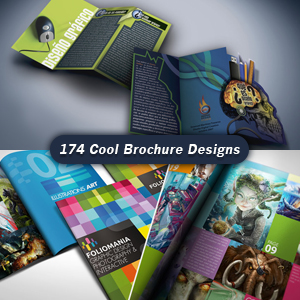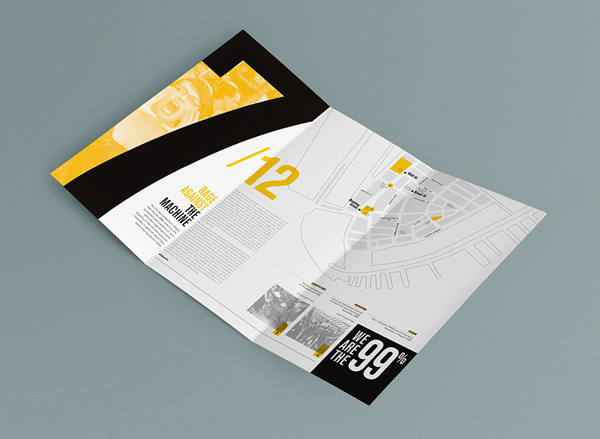What Is a Brochure and Why Businesses Still Need Them

Brochures are a classic marketing tool that continue to hold significant value for businesses in the digital age. But what exactly is a brochure, and why do companies still rely on them despite the rise of online marketing?
What Is a Brochure?
A brochure is a printed promotional document, often folded into panels, that provides detailed information about a company, product, service, or event. It is designed to be visually appealing and informative, combining text, images, and graphics to engage potential customers.
Common Types of Brochures
| Type | Description | Typical Use Case |
|---|---|---|
| Bi-fold | Folded once to create two panels | Product catalogs, event programs |
| Tri-fold | Folded twice to create three panels | Service descriptions, business profiles |
| Z-fold | Accordion-style fold creating multiple panels | Step-by-step guides, menus |
| Gate-fold | Opens like gates to reveal a large central panel | High-impact presentations, luxury product showcases |
Why Businesses Still Need Brochures
Despite the dominance of digital marketing, brochures remain a powerful tool for several reasons:
- Tangibility: Physical brochures provide a tactile experience that digital media cannot replicate, making the information more memorable.
- Credibility: Professionally designed brochures can enhance a company’s image and build trust with customers.
- Targeted Distribution: Brochures can be handed out at events, mailed directly to prospects, or placed in strategic locations to reach specific audiences.
- Complement Digital Efforts: They serve as a tangible reminder of a brand after an initial online interaction.
Benefits of Using Brochures
- Easy to distribute and cost-effective
- Can be highly customized to target specific demographics
- Useful for detailed explanations that might be too lengthy for ads or social media
- Portable and convenient for customers to keep and refer back to
How to Create an Effective Brochure
- Define Your Objective: Know what you want to achieve—brand awareness, product promotion, event invitation, etc.
- Understand Your Audience: Tailor the content and design to the interests and needs of your target market.
- Clear and Concise Content: Use engaging headlines, bullet points, and visuals to communicate your message quickly.
- Strong Call to Action (CTA): Encourage readers to take the next step, such as visiting a website, calling a number, or attending an event.
- Professional Design: Use high-quality images, consistent branding, and readable fonts.
FAQ
Q1: Are brochures still relevant in the digital age?
Yes, brochures complement digital marketing by providing a physical touchpoint that can enhance brand recall and trust.
Q2: How can brochures improve customer engagement?
By offering detailed information in an attractive format, brochures can capture attention and encourage customers to learn more.
Q3: What is the typical cost of producing brochures?
Costs vary depending on design complexity, paper quality, and quantity, but brochures are generally a cost-effective marketing tool.
Q4: Can brochures be used for online marketing?
While brochures are primarily physical, digital versions (PDFs) can be shared via email or social media to extend reach.
Brochures remain a versatile and effective marketing asset that bridges the gap between traditional and digital marketing strategies. Their ability to provide detailed, tangible information makes them indispensable for many businesses today.
